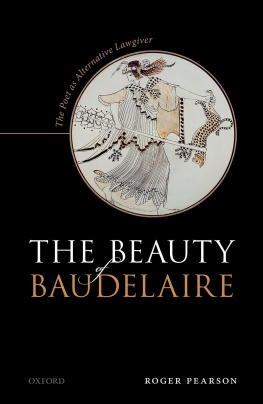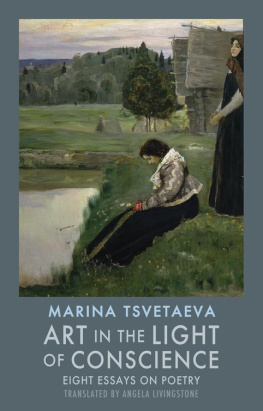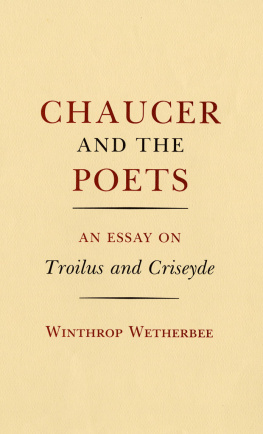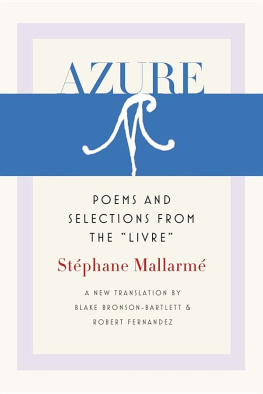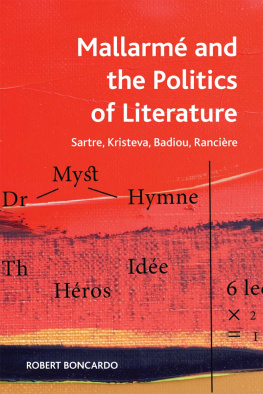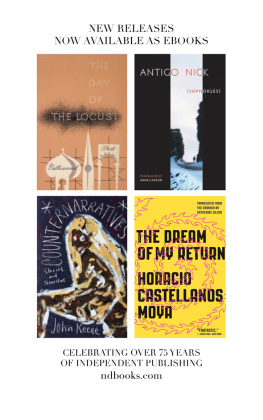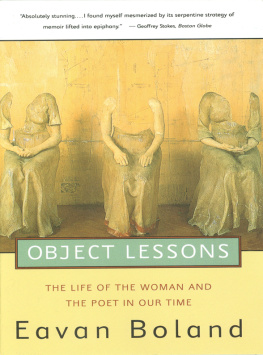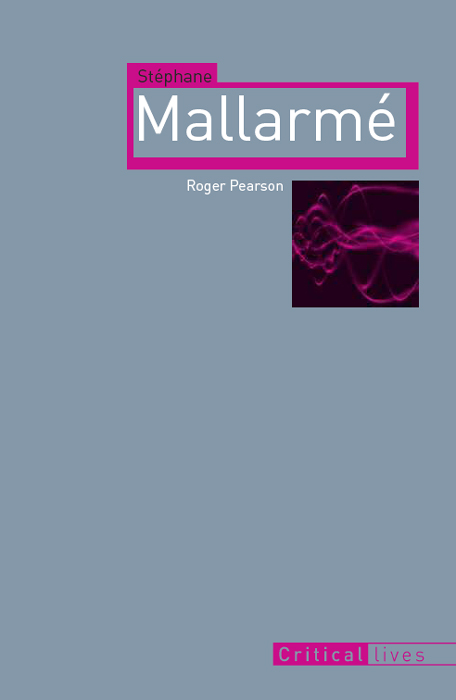Stphane Mallarm
Roger Pearson

REAKTION BOOKS
In affectionate memory of Malcolm Bowie
Published by Reaktion Books Ltd
33 Great Sutton Street
London ECIV ODX, UK
www.reaktionbooks.co.uk
First published 2010
Copyright Roger Pearson 2010
All rights reserved
No part of this publication may be reproduced, stored in a retrieval system, or transmitted, in any form or by any means, electronic, mechanical, photocopying, recording or otherwise, without the prior permission of the publishers.
Page references in the Photo Acknowledgements and Index match the printed edition of this book.
Printed and bound in Great Britain
by CPI Antony Rowe, Chippenham, Wiltshire
British Library Cataloguing in Publication Data
Pearson, Roger
Stephane Mallarme. (Critical lives)
1. Mallarme, Stephane, 18421898.
2. Poets, French 19th century Biography.
I. Title II. Series
841.8- DC 22
ISBN 978 1 86189 659 9
Titles in the series Critical Lives present the work of leading cultural figures of the modern period. Each book explores the life of the artist, writer, philosopher or architect in question and relates it to their major works.
In the same series
Jean Genet
Stephen Barber
Michel Foucault
David Macey
Pablo Picasso
Mary Ann Caws
Franz Kafka
Sander L. Gilman
Guy Debord
Andy Merrifield
Marcel Duchamp
Caroline Cros
James Joyce
Andrew Gibson
Frank Lloyd Wright
Robert McCarter
Jean-Paul Sartre
Andrew Leak
Noam Chomsky
Wolfgang B. Sperlich
Jorge Luis Borges
Jason Wilson
Erik Satie
Mary E. Davis
Georges Bataille
Stuart Kendall
Ludwig Wittgenstein
Edward Kanterian
Octavio Paz
Nick Caistor
Walter Benjamin
Esther Leslie
Charles Baudelaire
Rosemary Lloyd
Jean Cocteau
James S. Williams
Sergei Eisenstein
Mike OMahony
Salvador Dal
Mary Ann Caws
Edgar Allan Poe
Kevin J. Hayes
Gertrude Stein
Lucy Daniel
Samuel Beckett
Andrew Gibson
Pablo Neruda
Dominic Moran
William S. Burroughs
Phil Baker
Constantin Brancusi
Sanda Miller
Vladimir Nabokov
Barbara Wyllie
Contents
Note on References and Translations
References to Mallarms work have been included in the text using the following abbreviated forms:
Corr. Correspondance, ed. Henri Mondor and Jean-Pierre Richard (vol. I ), Henri Mondor and Lloyd James Austin (vols IIXI ) (11 vols, Paris: Gallimard, 195985)
DSM Documents Stphane Mallarm, ed. Carl Paul Barbier et al. (7 vols, Paris: Nizet, 196880)
OC uvres compltes, ed. Bertrand Marchal (2 vols, Paris: Gallimard, Bibliothque de la Pliade, 19982003)
All translations are my own.
Introduction: Critical Moments
Crisis means health as well as sickness. ( OC , II . 663)
During the second half of the nineteenth century the French poet Stphane Mallarm lived a life that was highly and repeatedly critical. He underwent his own crisis of body and mind in 1866 at the age of twenty-four, and it marked him profoundly. In 1885 he reached a critical moment in my life (when I must shine forth once and for all) and resolved to complete the Drama, as I see it in my dream, for the best way to describe something is to show it in its finished form (Corr., II . 294). In May 1889 he talked of the full-blown crisis that verse itself was undergoing (Corr., III . 312), and later he gave the title of Crise de vers (Verse Crisis) to a complex and considered statement of his own poetics in which he related the controversial innovations of vers libre (free verse) to the political and religious crises of his age. Moreover this particular text exemplified a new genre, the pome critique, which he himself had created in order to address such critical moments: a dense form of unversified but poetically charged writing, at once lapidary and lacunary, in which language enacts within the proper bounds of syntax by homophony, etymological play, and unconventional punctuation the dialectical tensions informing the questions under consideration. Whether in verse or prose, Mallarm maintained, poetry is a language of crisis (Corr., VI . 185, n. 1).
By his influence on contemporaries through his practice and personal example, and later on posterity through his bequeathed uvre, Mallarm became also a critical point of reference: for poets, for literary theorists, for historians of modernity, for readers and creative artists of every kind. And, with a decade of the twenty-first century already gone, a key point of reference he remains.
But whereas, as its etymology suggests, a crisis marks a decisive juncture in the flow of time as it might be, in the progress of a fever or in the life of the body politic the great originality of Mallarms writing lies in the fact that the decisions are never taken. To be or not to be . In his view Hamlet is the greatest of plays because it figures a human being inbetween: poised between action and inaction, madness and sanity, childhood and maturity. Thereby Shakespeares tragedy represents the fundamental indeterminacy of our earthly existence (there is no other) and forbears to foist easy solutions on its audience. Suspens and attente suspense and expectancy were Mallarms own words for this artful simulation of our critical ontological uncertainty.
Mystery was another. From the Greek verb meaning to close, the word designates that about which initiates must keep their mouths firmly shut, and Mallarm performed his poetic mysteries as a sequence of compelling glimpses and delicate deferrals. For him the poets role amidst a welter of meaningless contingency is to create linguistic patterns that may just convince us, for a nanosecond, that they do mean something, that we have seen beyond the veil of the here and now. Like that opening scene in Macbeth, as he noted towards the end of his life, where by seeming accident, as though the curtain had risen prematurely, we snatch brief sight of the fateful witches, the cackling scriptwriters of our human destiny. Only connect. Like stars in a constellation the poets linguistic patterns are no more than an anthropomorphic projection of the human longing to find shape and make sense. Yet they do matter. The poet orchestrates that longing and provides a therapy of reading that matters also.
Since the dawn of time the primordial critical moment has been sunset. Like many of his contemporaries Mallarm was attracted to the idea that all religions and all myths are narratives of the solar passage, what he calls the solar drama. Fearful of the dark and of death, the primitive mind came to see in the setting and rising of the sun a symbolic enactment of the principle of cyclicity, a rhythm of eternal being in which the stark fact of mortality ceased to have the final word and became implicated in a syntax that culminated in a new dawn and an endless future. Witness also the diurnal death of our only-begotten sun, how it brings a darkness that permits innumerable other suns to shine.
In his writing Mallarm repeatedly figures what he calls these pure rhythmic motifs of being ( OC , II . 29), not only describing them but also performing them in his formal and verbal procedures. His first move is always to switch off the light of the obvious (carte la lampe, he tells us, move that lamp away), plunging his readers into obscurity. But then he inveigles us, by suggestion and proffered vista, towards some tentative and suspenseful intimations of presence and brilliance, a constellation of potential meanings and connections that far exceed our trivial daylight understandings. To read Mallarm and there is no fallacy in saying that he intended this is to behold the void and then to see something within and perhaps beyond it. At first he called this something Beauty, later the Idea: rhythm between relationships (




